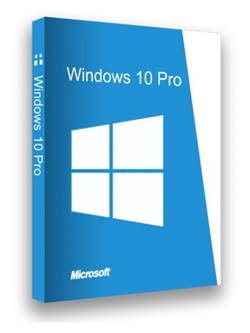It is the successor to Windows 81
Windows 10 is a series of personal computer operating systems produced by Microsoft as part of the Windows NT family of operating systems. It was released to manufacturing on July 15, 2015, and to retail on July 29, 2015. Windows 10 receives continuous updates that are available to consumers at no additional cost.
One of the most notable features of Windows 10 is support for Universal Apps, an extension of Metro-style apps first introduced in Windows 8
Devices in enterprise environments may receive these updates more slowly or use the Long Term Support roadmap, which receives only critical updates, such as security patches, over a ten-year extended support period. Universal apps can be built to run across multiple Microsoft product families with nearly identical code, including PCs, tablets, smartphones, embedded systems, Xbox One, Surface Hub, and Mixed Reality. The Windows user interface has been overhauled to allow for transitions between a mouse-centric interface and a touch-optimized interface based on available input devices.
System requirements: – Processor: 1 gigahertz (GHz) or higher
The traditional Windows 7 Start menu has been replaced with Windows 8 tiles. Windows 10 also introduced the Microsoft Edge web browser, a virtual desktop system, Task View for window and desktop management, support for fingerprint and facial recognition logins, new security features for enterprise environments, and DirectX 12. What’s new: – Languages: Arabic, English, German, Greek, French, Spanish, Italian, Dutch, Portuguese-Portuguese, Portuguese-Brazilian, Turkish!
– RAM: 1 gigabyte (GB)
– Free hard disk space: 16 gigabytes (GB). – Graphics adapter: Microsoft DirectX 9 graphics device or later. – Additional requirements for some features.
– To use touch capabilities, a tablet or monitor that supports multi-touch technology is required
– To access the Windows Store and download and run apps, you need an active Internet connection and a screen resolution of at least 1024 x 768 pixels. Installation method: * Create a bootable USB flash drive with Rufus (highly recommended) and run!



 29/36
29/36